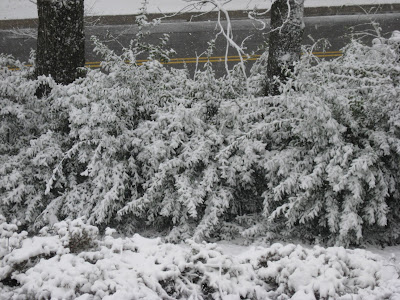Welcome back to "Weaver Wednesday" as I revisit the subject of documenting heirloom textiles.
I have written about this before, but I do not think that I finished this story…maybe because this story does not have an ending.
So let's begin again.
A few years ago, I began this project of labeling family quilts. A family member made the labels for me on her embroidery sewing machine. I gave her the name of each quilt pattern, the name of who made the quilt, and an approximate date the quilt was completed.
While these labels were in the making, my daughter, Rebecca, photographed the quilts. We draped them over a farm fence on a beautiful Fall afternoon.
When the labels were completed, I stitched them by hand onto each quilt and "framed" the label with a coordinating vintage trim.
This has been a very rewarding project for me, but as I implied above, I am not finished yet.
I am looking forward to completing this endeavor soon. It gives me much satisfaction to know that my children and my grandchildren will know who made these beautiful quilts. I think this adds a level of appreciation for our ancestors that might otherwise be missed.
If you have ideas about how you document your family history or your heirlooms, please share with me. I would love to hear from you. I do not get many comments in the "Comment" section of this blog. I have heard it is because a reader has to have a Gmail account to actually reply. I know there are readers of Family Trails from all over the world, which is so cool! "Blogspot" allows the writer to view statistics of the blog's readership. When I check the stats periodically and see the map of the world highlighted where someone has read Family Trails, I get so excited.
I honestly think that people are truly the same all over the world. We all have a desire to know where we came from, who our "people" were, their experiences, their joys and sorrows, what kept them going in the tough times, how they celebrated the good times. These are the tidbits of information that help us understand who we are. We may find inspiration from our past to encourage us in our daily lives in 2016.
So, readers, I am looking into another way you can communicate with me to share your ideas. Please stay tuned…I hope to have this set up by next week. Until then,
Love,
Mariellan
Love,
Mariellan




























































